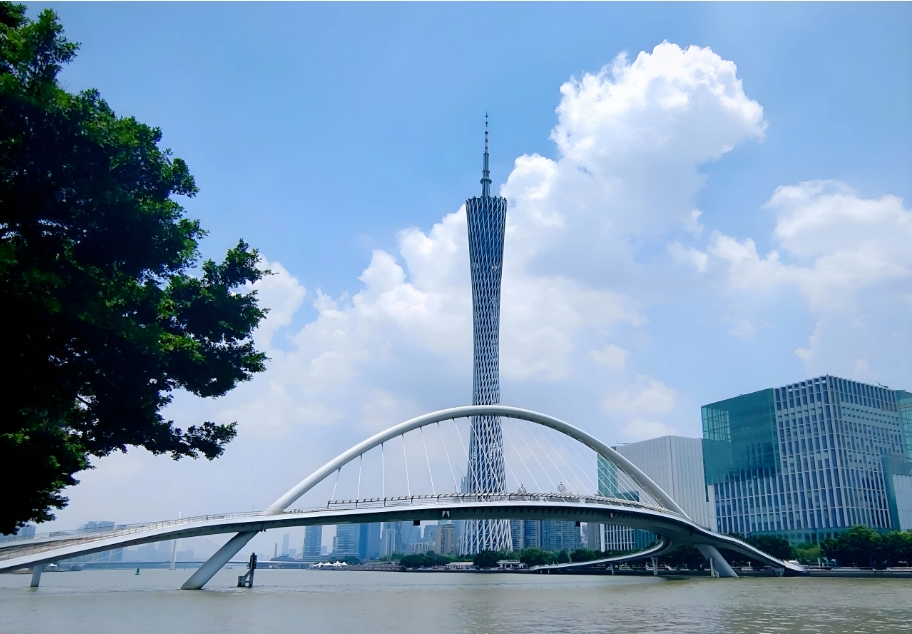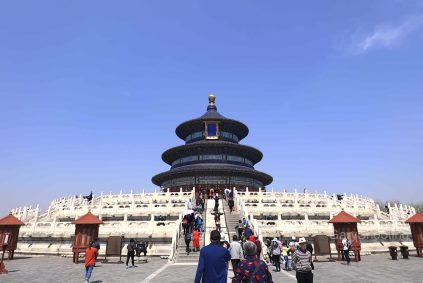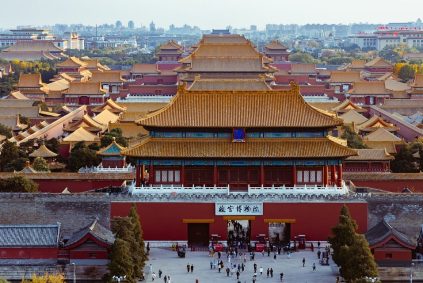Historical Roots and Evolution of Guangzhou Wood Carving
Guangzhou wood carving boasts a history spanning over two millennia, with its earliest documented examples dating back to the Western Han Dynasty. Archaeological discoveries in the Ma Penggang Tomb in Guangzhou’s Sanyuanli District revealed wooden warrior and horseman figurines crafted using round-carving techniques. These artifacts, assembled with bamboo nails, demonstrate the sophistication of early woodworking skills in the Lingnan region.
The Tang Dynasty marked a pivotal era for Guangzhou wood carving, coinciding with the city’s emergence as a global maritime trade hub. The influx of precious hardwoods like rosewood and padauk from Southeast Asia via the “Maritime Silk Road” fueled the industry’s growth. This period also saw the integration of Buddhist iconography, exemplified by the 1950 discovery of wooden Arhat statues hidden within the Great Buddha’s abdomen at Guangxiao Temple—a testament to 1,000-year-old craftsmanship.
By the Ming and Qing dynasties, Guangzhou wood carving had cemented its reputation as a cornerstone of Lingnan decorative arts. The Qing court’s establishment of the “Guangmu Workshop” in 1736, which recruited Guangdong artisans to create imperial furniture, elevated the craft to national prominence. Works like the purple sandalwood carved double-roofed eight-piece cabinet, now housed in the Forbidden City, exemplify the fusion of technical mastery and artistic innovation that defined this era.
Distinctive Techniques and Artistic Characteristics
Guangzhou wood carving is renowned for its multi-layered through-carving (tongdiao) technique, which creates intricate, semi-transparent compositions by removing material between decorative elements. This method, often employing 4–6 cm thick hardwood planks, enables the creation of elaborate漏花窗 (lattice windows) like those adorning the 19th-century Shanzhuang Guesthouse. The technique’s complexity is evident in the 1972 “Baoding Ten-Piece Bed,” where artisans carved interlocking lion motifs and natural marble inlays into acid branch wood, achieving a harmonious balance between solidity and void.
Unlike Chaozhou wood carving’s gold-leaf embellishments, Guangzhou artisans emphasize preserving wood’s natural grain patterns. This aesthetic philosophy, combined with techniques like sunken carving (chen diao) for subtle textures and high-relief carving (gao fu diao) for dramatic depth, results in pieces that appear both meticulously crafted and organically formed. The craft’s versatility is further demonstrated in architectural elements—such as the carved beams at Chen Clan Ancestral Hall—which combine through-carving with斗心 (斗拱-inspired) joinery to create dynamic interplays of light and shadow.
Cultural exchange has profoundly shaped Guangzhou wood carving’s evolution. Во времена династии Цин, Western baroque and rococo motifs began appearing alongside traditional Chinese symbols like bats (symbolizing happiness) and peonies (representing prosperity). This syncretism is evident in furniture produced for foreign merchants in the Thirteen Factories district, where artisans adapted European floral patterns into their repertoire while maintaining core Lingnan stylistic principles.
Cultural Symbolism and Modern Adaptations
Guangzhou wood carving serves as a visual encyclopedia of Lingnan cultural values. Common motifs like the “Melon and Seed” pattern symbolize familial continuity, while the “Crane and Pine” composition reflects aspirations for longevity. These symbols, often incorporated into furniture and architectural decorations, function as both aesthetic elements and carriers of cultural wisdom.
The craft’s adaptability is showcased in contemporary innovations by masters like Chen Daqiang, who redesigned classical furniture to enhance ergonomic comfort without compromising traditional aesthetics. His “Dragon Head Lion Foot Round Table” series demonstrates how modern designers can reinterpret historical motifs—in this case, using lion-paw legs and dragon-head carvings—to create functional art pieces that resonate with both traditional and modern sensibilities.
Educational initiatives play a crucial role in preserving this heritage. The Guangzhou Light Industry Vocational School’s Intangible Cultural Heritage Base trains students in all stages of production, from material selection to final polishing. This hands-on approach has yielded award-winning works like “Fish Swarm,” which won a special gold prize at the 6th Guangdong Craftsmanship Elite Awards, proving that traditional techniques can inspire cutting-edge creativity.
Cultural Significance and Global Influence
Guangzhou wood carving’s impact extends beyond China’s borders. During the 18th century, European aristocrats commissioned Guangzhou artisans to create furniture combining Chinese craftsmanship with Western designs. These pieces, now housed in collections like the Victoria and Albert Museum, represent some of the earliest examples of globalized design exchange.
The craft’s architectural applications similarly demonstrate its cultural reach. The carved wooden screens at Foshan Ancestral Temple and the decorative beams at Yuyin Garden in Panyu District showcase how wood carving transformed utilitarian structures into storytelling mediums. Each motif—whether depicting local legends or auspicious symbols—serves as a narrative thread connecting viewers to Lingnan’s historical and cultural tapestry.
In the digital age, Guangzhou wood carving continues to evolve. Virtual reality exhibitions and online workshops have expanded its audience, while collaborations with contemporary designers yield hybrid creations like laser-engraved hardwood sculptures. These innovations ensure that while the craft remains rooted in tradition, its artistic language remains vibrant and relevant in the 21st century.
















